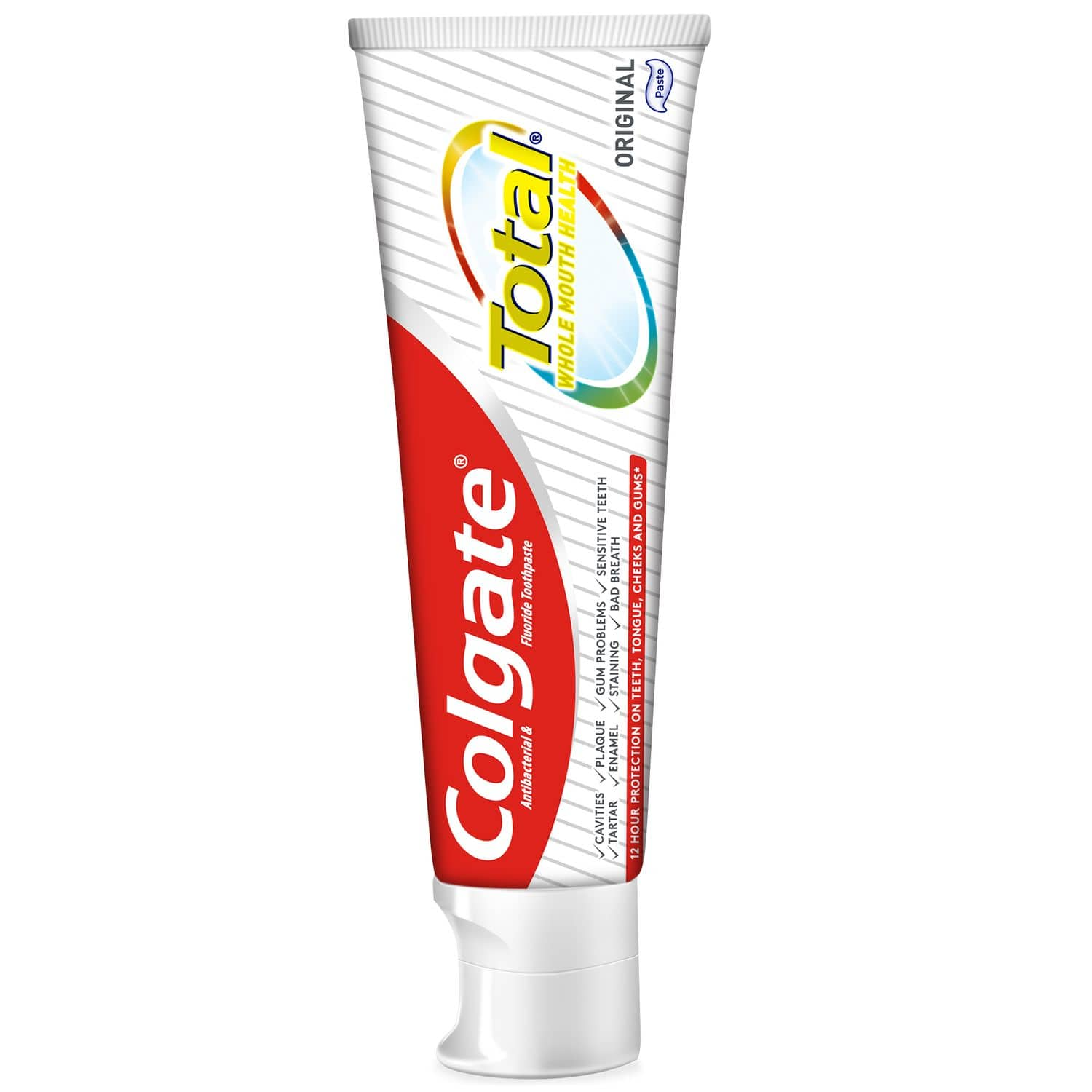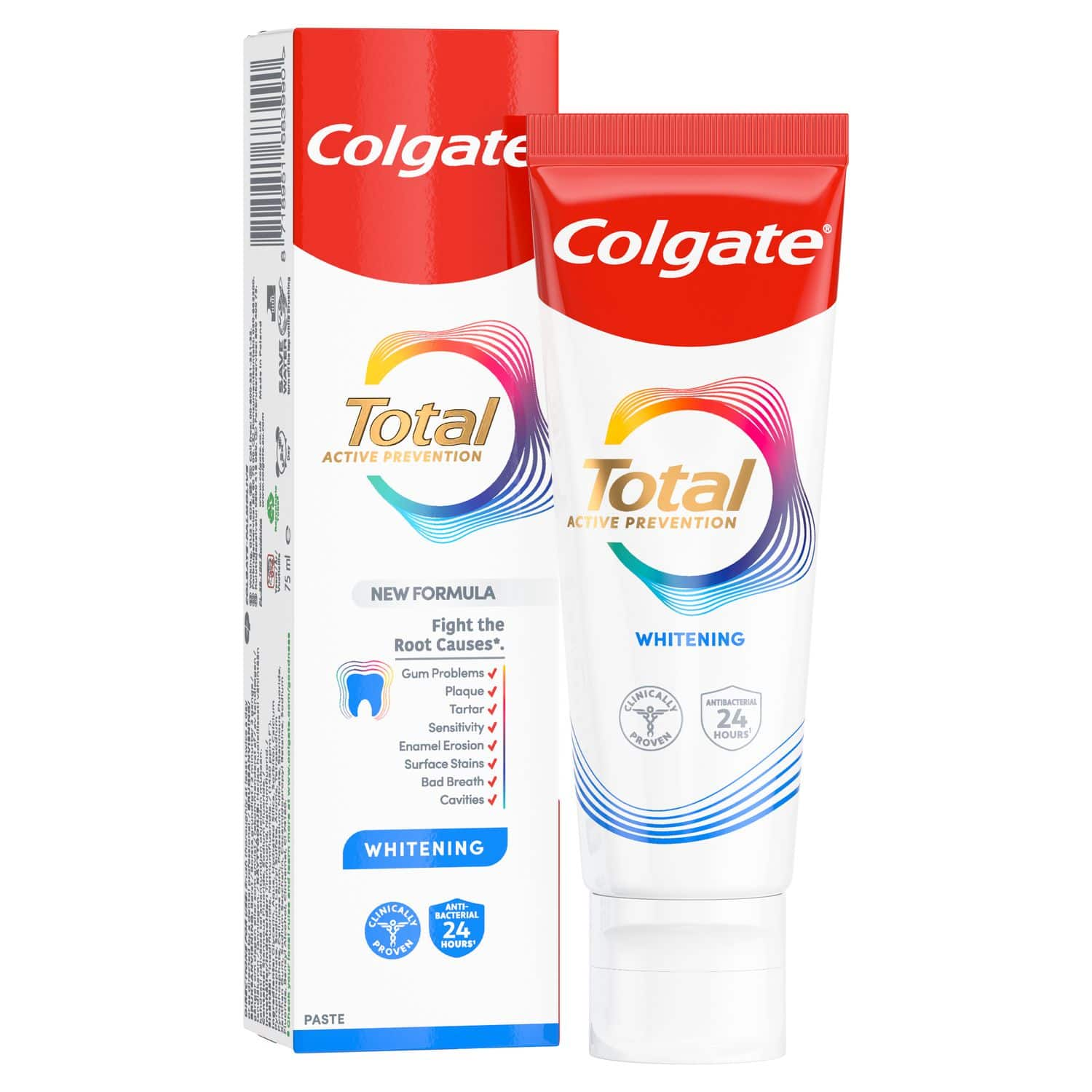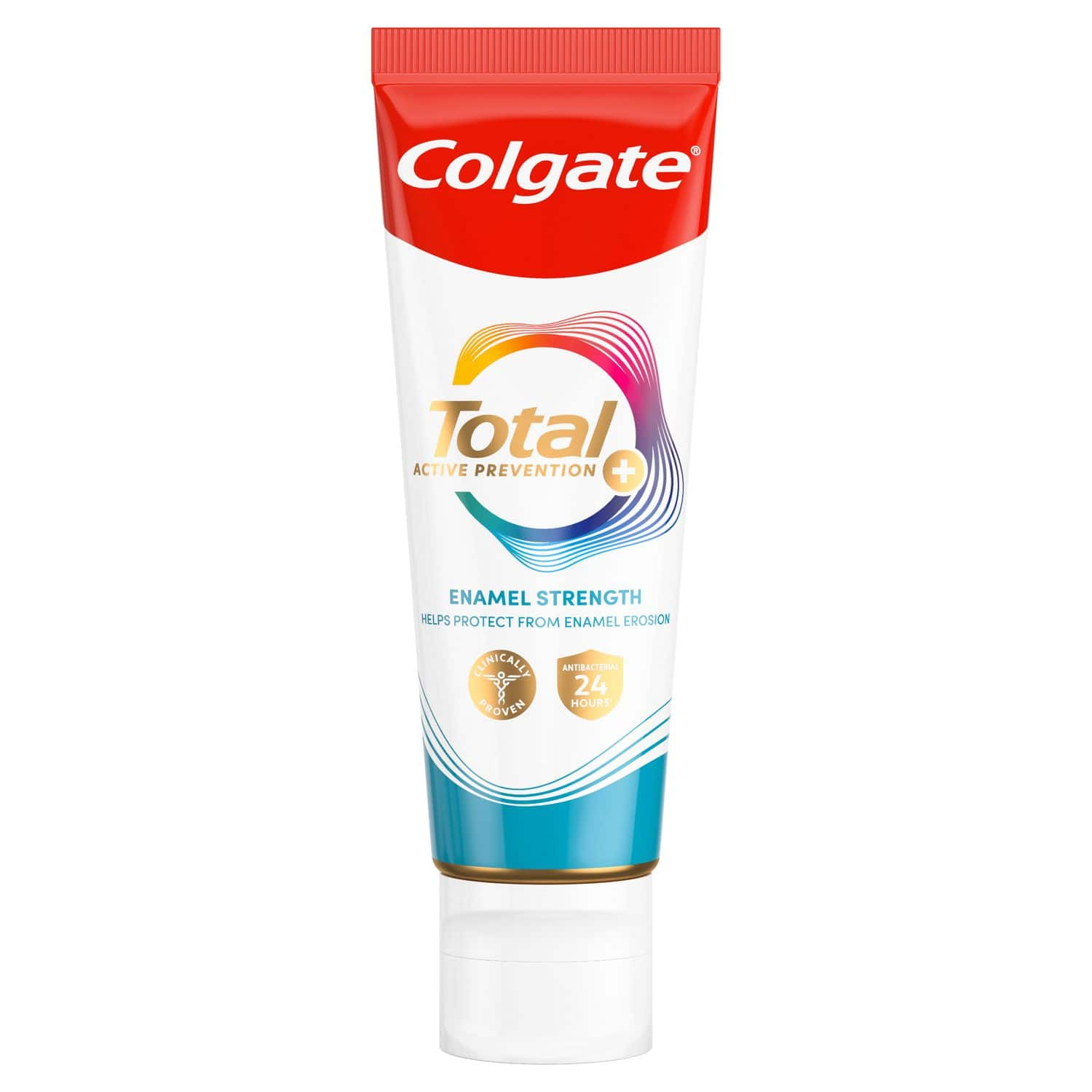-
-
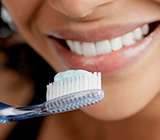
FLUORIDE
What Is Stannous Fluoride Toothpaste?Stannous fluoride toothpaste helps prevent cavities, reduce sensitivity, fight plaque, and support daily gum and enamel health.

TEETH WHITENING
Why Should I Whiten My Teeth?Maybe you've always wanted a beautiful white smile. Or your teeth have yellowed over time...
-
Science & Innovation
- ORAL HEALTH CHECK
- PRODUCT MATCH
- Colgate® | Toothpaste, Toothbrushes & Oral Care Resources
- Oral Health
- Four Signs Of Healthy Interdental Papilla


Although they have a complicated-sounding name, interdental papilla have a simple function: they're the gums between your teeth. Gum health is essential to your overall dental health, so it's important that you make sure these small sections of gum tissue are in good condition. There are a few clear signs that your interdental gums are healthy (and some signs that you might need to visit your dentist to help get them healthier). Keep an eye on your gums for clues about your oral health and act quickly if you notice signs that they need some extra TLC.
Signs of Healthy Interdental Papilla
Don't discount the health of the tiny bit of gum tissue between your teeth. Although they're small, they help to protect the roots of your teeth from exposure, bacteria and the effect of food between your teeth. Here are some of the signs that they're in good condition:
- Healthy pigmentation. Healthy gums will exhibit a coral pink colour. Gums that are dark red or bleed frequently between the teeth can be a sign of gingivitis and unhealthy gums.
- Firm attachment. Your interdental papilla are what stands between the roots of your teeth and harmful bacteria and food particles. When healthy, they attach firmly between teeth without leaving gaps. When gums begin to leave gaps or recede down the teeth, it's a sign that they're not as healthy as they should be.
- Triangular shape. Another sign of receding gums is the shape of the papilla between your teeth. When healthy, there should be a small triangle of tissue between each set of teeth. Papilla should also be equivalent to the size of the teeth they are next to, with molars having large papilla and canines having small papilla.
- Redness-free and unchanged shape. When the papilla are unhealthy, they might show redness or changes to their contour shape. The British Society of Periodontology warns that this is a sign of gingivitis which should be addressed by your dentist.
If you notice that the gums between your teeth aren't as healthy as they should be, you should start taking better care of them right away. Naturally, good oral hygiene habits are the first defence in keeping your interdental papilla healthy and better able to do their job in protecting your teeth. Brushing twice a day is key. You may want to use a soft-bristled toothbrush for sensitive or swollen gums.
Your interdental papilla have an important role to play in your overall oral health. By taking the time to examine them and look for signs that they might be suffering, you can address small issues before they become big problems during your next dental checkup.
This article is intended to promote understanding of and knowledge about general oral health topics. It is not intended to be a substitute for professional advice, diagnosis or treatment. Always seek the advice of your dentist or other qualified healthcare provider with any questions you may have regarding a medical condition or treatment.
Related Articles
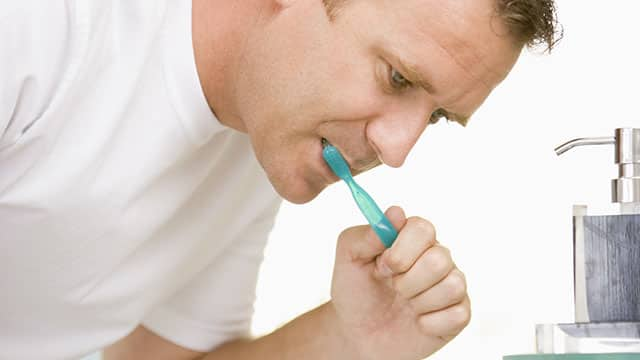
Cavities
What Is A Gumline Cavity?Did you know that cavities can form in the pits & grooves of the molars, between teeth, or even along the gumline? Learn more about gumline cavities here.

Gum disease
Gum inflammation: causes, treatment and preventionFind out what causes gum inflammation and how you can treat it for good oral health.

Gum disease
Can Receding Gums Grow Back?If you think your teeth look longer than they did before, it could be because of your gums. Gum recession happens for many reasons, from brushing your teeth with too much pressure to grinding your teeth.
Related Products

Helping dental professionals
More professionals across the world trust Colgate. Find resources, products, and information to give your patients a healthier future

